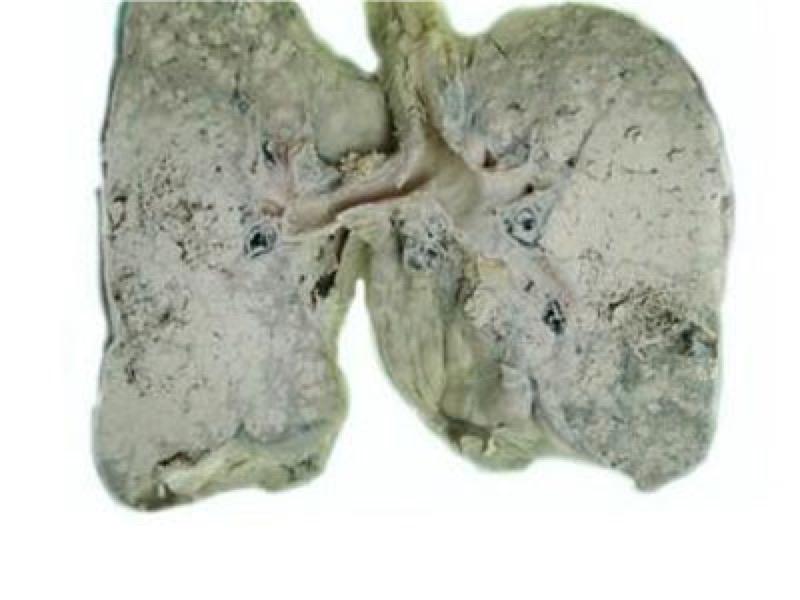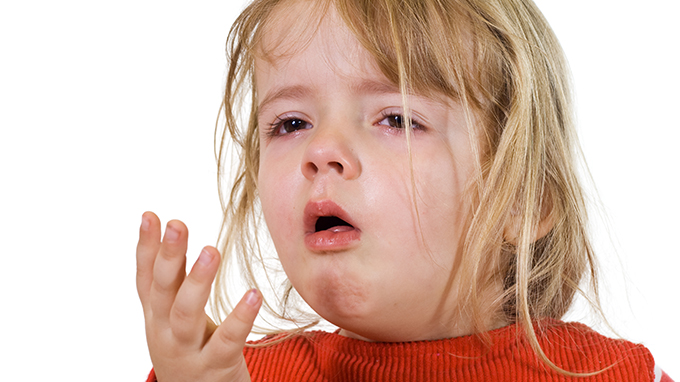Chronic bronchitis in the elderly is harmful, so we must pay attention to diet
Elderly patients with chronic bronchitis have a latent attack, most of them are young and middle-aged, and a few have onset in old age. The patient has more onset than in the cold season, with cough and sputum, especially in the morning, the sputum is foamy white mucus. With the development of the disease, cough and sputum continued throughout the year, and the winter and spring worsened. What harm will it cause to patients, what should be paid attention to in the diet? Next, let the experts introduce us.
What are the complications of bronchitis?
1. Bronchial asthma: younger at onset, often with a personal or family history of allergic disease; the trachea and bronchus are all kinds of stimuli Increased reactivity, manifested as extensive bronchospasm and stenosis of the lumen, with clinical paroxysmal dyspnea and cough, with short-term or sustained attacks. Chest percussion has unvoiced sounds, auscultation has prolonged exhalation with high-pitched wheezing sounds. Bronchitis often accompanies late stage. Asthma eosinophils are more in the sputum of patients with bronchial asthma, but less in patients with asthmatic bronchitis.
2. Heart disease: cough due to stagnation of blood in the lungs, often a dry cough, with little sputum. Detailed medical history can reveal signs of heart disease such as palpitations, shortness of breath, and edema of the lower extremities. Signs, X-rays, and electrocardiograms are all helpful for identification.
3. Lung cancer: Mostly occur in men over 40 years old, long-term smokers, often have blood in the sputum, and irritating cough. Chest X-ray examination of the lungs for block shadows or obstructive pneumonia. Sputum exfoliated cells or fiberoptic bronchoscopy can confirm the diagnosis.
4. Tuberculosis: Active tuberculosis is often accompanied by symptoms such as low fever, fatigue, night sweats, and hemoptysis; the degree of cough and sputum is related to the activity of tuberculosis. X-ray examination can find lung lesions, sputum tuberculosis test positive, toxic symptoms of tuberculosis in the elderly are not obvious, often because of bronchitis symptoms, long-term undetected, special attention should be paid.
Diet for chronic bronchitis in middle-aged and elderly people
1. Protein supplements: lean meat, soy products, yam, eggs, animal liver, green leafy vegetables and other foods contain high-quality protein Eat more.
2. Vitamin supplement: In order to increase the body''s immune function, reduce the symptoms of respiratory tract infection, and promote bronchial mucosa repair, sufficient vitamin A and vitamin C should be added, so you should eat more fresh vegetables and fruits.
3. Increase water intake: Drink plenty of water, which is conducive to the dilution of sputum and keep the trachea unobstructed. The daily water consumption should not be less than 2000 ml.
4. Light, low-sodium diet: a light, low-sodium diet can play the role of cough, asthma, phlegm. Common foods are: pear, lotus seed, citrus, lily, walnut, honey, pineapple, ginkgo, fresh lotus root, Chinese cabbage, etc. At the same time, such foods can also increase the intake of vitamins and inorganic salts.
5. Appropriate consumption of onions and garlic: Onions and garlic contain quercetin and mustard oil, which can inhibit lipoxygenase and reduce the body''s release of inflammatory mediators. It is better for people with allergies.
6. Choose different foods according to the cold and heat of the disease: such as ginger and mustard for the cold; cabbage, wormwood, radish, bamboo shoots, persimmon, pear, etc. for the hot; those with physical weakness can be used Loquat, Lily, Walnut, Honey, Pig Lung, etc.
Recommend to you some fruits that are beneficial to various diseases
Grape: diuretic effect, urine yellow, turbid, heart, renal edema, can eat grapes.
Peach: It can adjust the digestive tract function, which is especially beneficial for constipation caused by long-term bed rest.
Orange: It is good for cough of wind and heat, suitable for patients with pharyngitis, bronchitis, pleurisy and various respiratory infectious diseases.
Hawthorn: suitable for patients with low back pain, high blood pressure, arteriosclerosis, coronary heart disease, but patients with peptic ulcer should avoid eating more.
Banana: suitable for patients with constipation, especially the elderly. However, bananas contain norepinephrine, which has a boosting effect, so patients with high blood pressure and strokes should avoid eating bananas.
Apple: Most patients can eat it. Apples can be appetizing for those with anorexia. People with hypertension eat apples to help lower blood pressure.
Pear: It has the functions of clearing heat, cough, and asthma. For the treatment of chronic bronchitis, it is better to eat pears for patients with chronic bronchitis, bronchial asthma, and high fever.
Related Articles

- Early symptoms of lung cancer
- 2020-12-17

- Symptoms of rhinorrhea
- 2020-12-17

- First-line chemotherapy for squamous cell carcinoma
- Squamous cell carcinoma is abbreviated as squamous cell carcinoma, also known as epidermal carcinoma. It is a malignant tumor that occurs in epidermal or accessory organ cells. Cancer cells
- 2020-08-02

- Dietary coup for winter cough
- The winter in the north is quick to say. When the northwest wind blows down the last autumn leaf, the dry winter begins. The most common health problems in winter are upper respiratory trac
- 2020-08-02

- Get rid of asthma freely (1)
- Asthma is one of the most common chronic respiratory diseases worldwide, and the incidence is increasing year by year, especially among children. Due to various reasons, in our country, esp
- 2020-08-02

- Get rid of asthma freely (2)
- Basic articles 1. How to detect pediatric asthma early
- 2020-08-02
